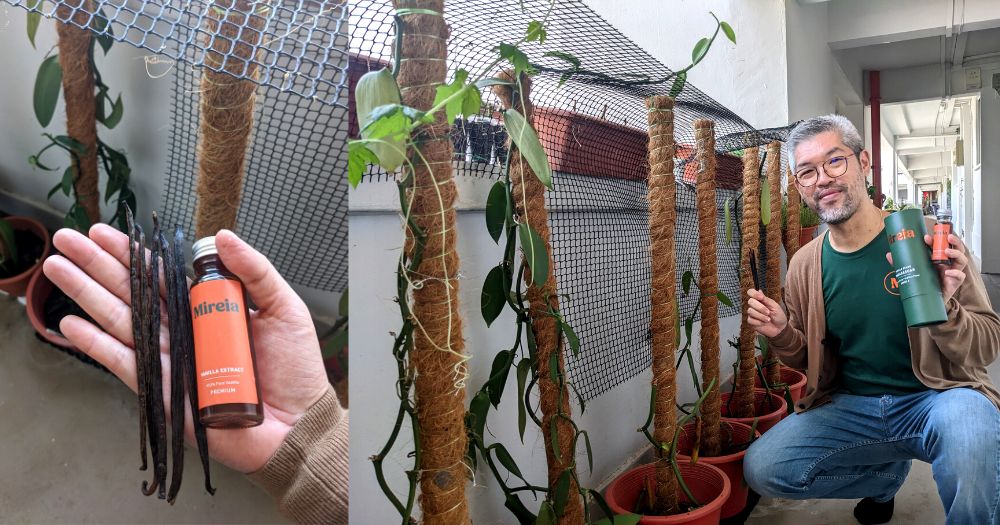Follow us on Telegram for the latest updates: https://t.me/mothershipsg
Ever wondered where vanilla comes from?
The spice is commonly found in perfumes, cakes and beverages, but most of us probably have never seen a vanilla plant before, especially since they aren’t grown here in Singapore.
Though, can vanilla beans actually grow here?
A resident in Tampines found a way to do it along his HDB corridor.
Charles Santoso, who built his business around selling vanilla, invited me to check out the plants he is growing in a humble flat in Tampines.
At a glance, the series of pots that line the corridor outside his home seem pretty unassuming and looks just like the turf of any home gardener.
 Image by Kow Zi Shan.
Image by Kow Zi Shan.
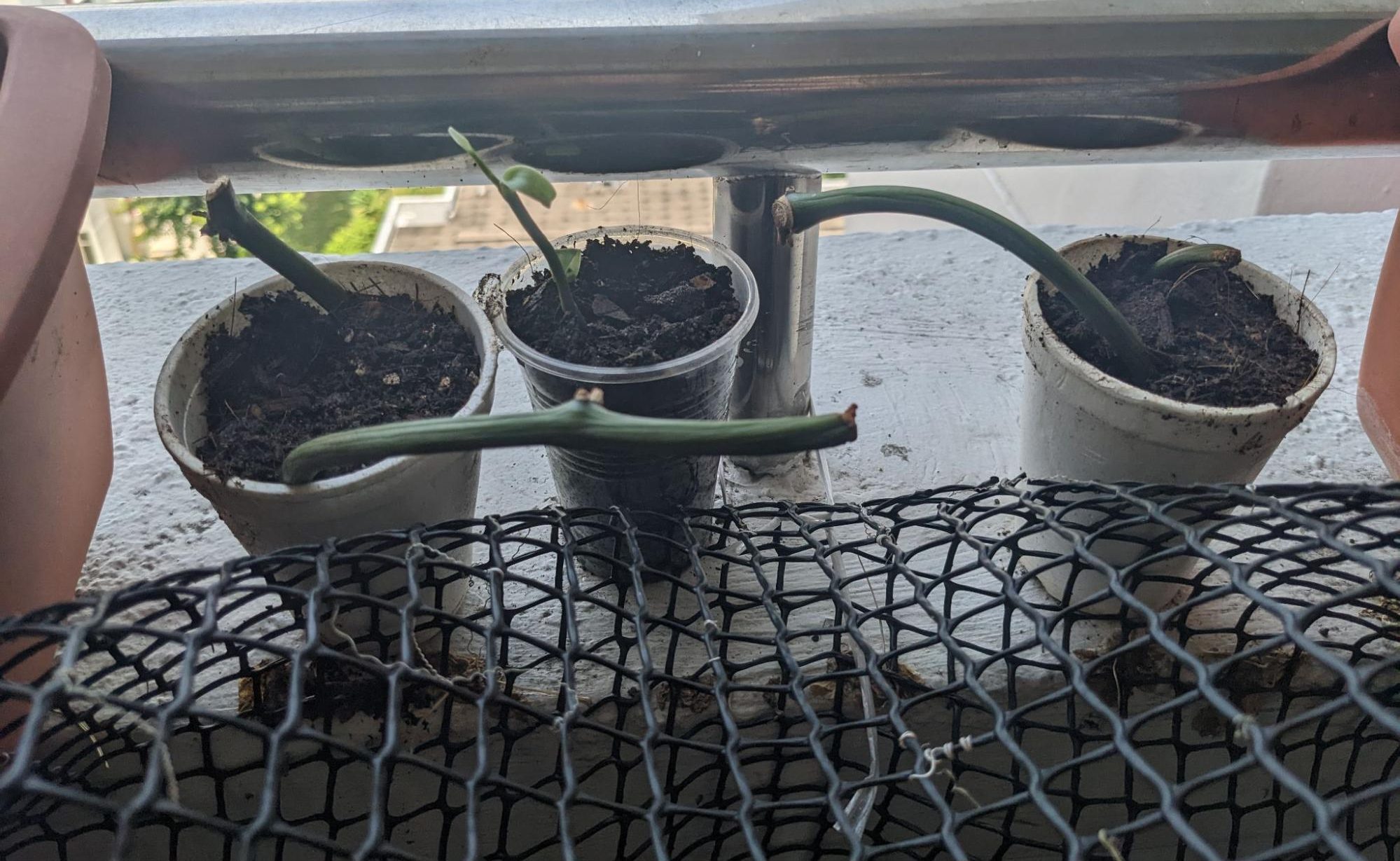 Image by Kow Zi Shan.
Image by Kow Zi Shan.
But this small space hosts 40 vanilla plants of varying sizes, and their highly valuable beans are gram for gram comparable to silver when cured.
Yet, the vanilla essence we get in stores is incredibly affordable – Santoso explains that these are imitation vanilla products, which don't actually come from vanilla plants.
Behind its flavour is the chemical vanillin, which is either made from processing low-quality petrochemical oil or – you’ll never guess – goo from the butt of a beaver.
Take a closer look at the ingredients of cheap vanilla essence and it will list an amalgamation of colourings, flavourings, additives and water, but no actual vanilla.
Turns out there’s a lot of things I didn’t know about the world's second most expensive spice.
Like, did you know that vanilla is a type of orchid?
From vanilla plant to vanilla beans
Before starting his business in vanilla, Santoso also knew next to nothing about the plant, or about gardening or farming.
In his past life, he was an investor in real estate investment trust (REITs) and moved here from Indonesia about 15 years ago.
Now, he is a Singapore citizen. His wife, who also migrated here, has a background in hospitality and culinary arts and was the one who gave him the idea to grow vanilla.
Over time, he got connected to a larger network of international vanilla farmers and gradually picked up his own set of techniques of growing the crop in pots instead of the traditional method of planting them in direct soil.
With just a starting capital of S$100, he started selling vanilla beans “bit by bit”, eventually establishing his company, Mireia, in 2019.
If you’re also thinking about trying your hand at growing them yourself, it's harder than you think.
First of all, vanilla plants take about three years before they are ready to flower. There are also certain tricks to stress the plant to induce flowering. “Otherwise you can grow it for ten years and it also won't flower," says Santoso.
As he picked off caterpillars on the plants in his corridor garden, Santoso explains that vanilla can be a relatively “sensitive” plant.
"The vanilla flower can only last for half a day – from 12 midnight until 12 in the afternoon. Afterwards they will die. If you don't pollinate it, it will fall off."
After it is successfully pollinated, the beans look something like this:
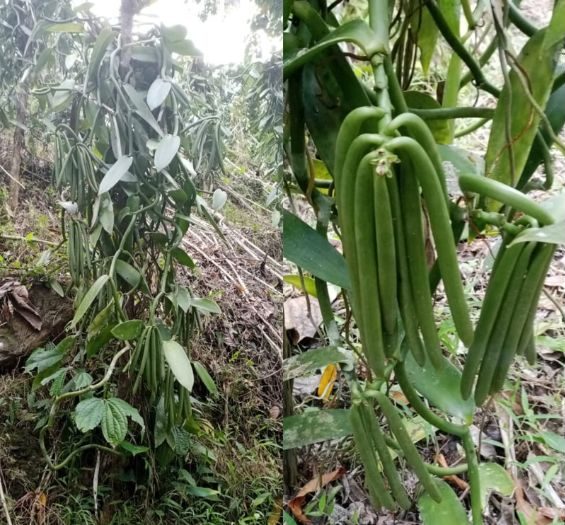 Image by Mireia.
Image by Mireia.
 Image by Mireia.
Image by Mireia.
Santoso then cures these green vanilla beans by hand in his Tampines home, a tedious process that takes a minimum of six months.
The final product is these glossy skinny beans. You can scrape the seeds out of the beans to use them, or Mireia also offers vanilla extract and vanilla paste, that are alcohol-free.
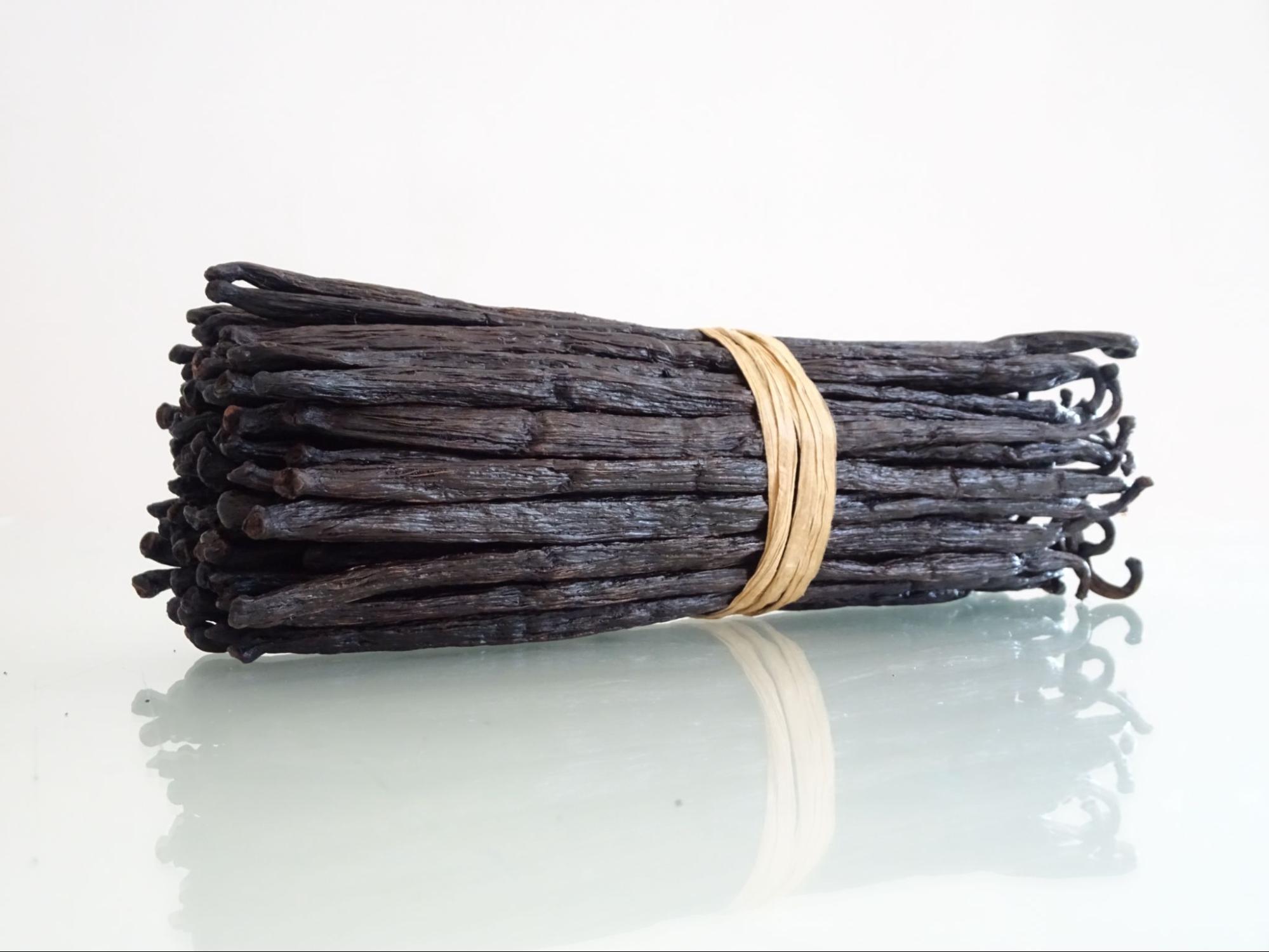 Image by Mireia.
Image by Mireia.
Santoso brought out the three varieties of vanilla beans Mireia sells, which are from Indonesia, Tahiti and Madagascar.
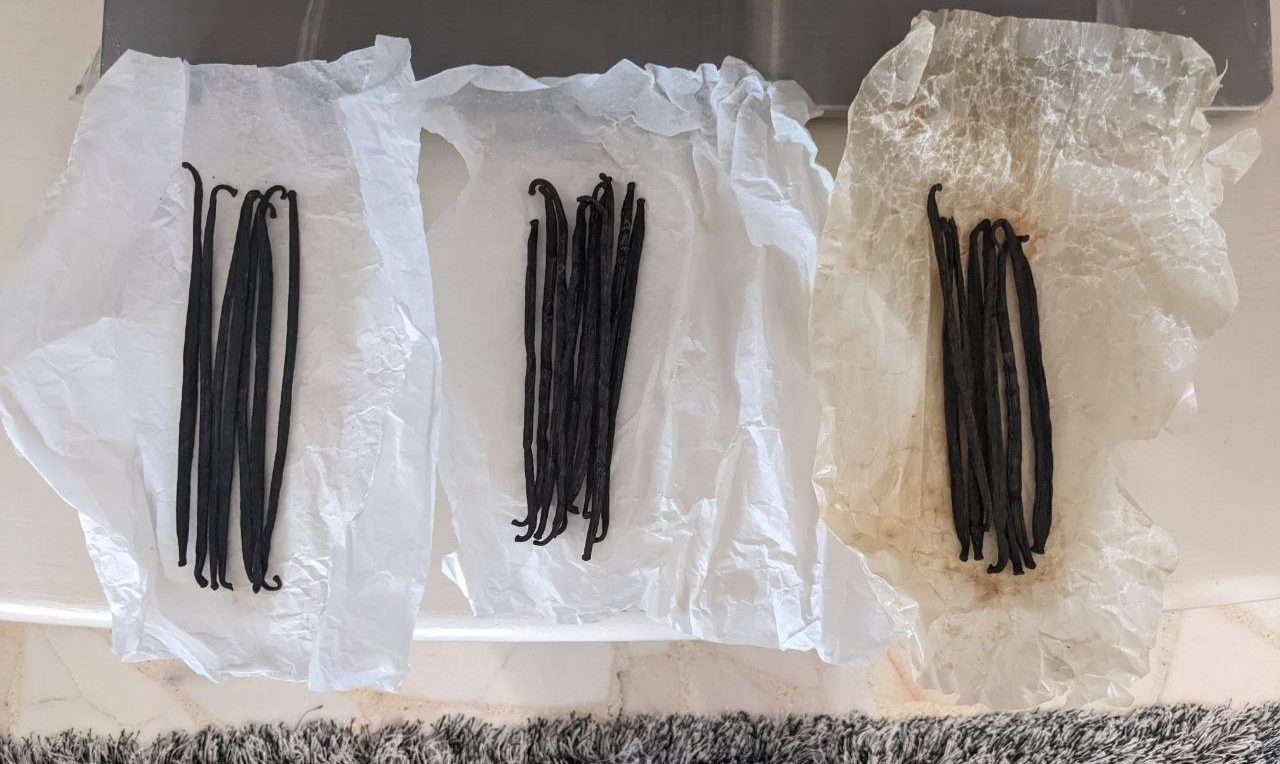 Visually, the varieties look not much different. Image by Kow Zi Shan.
Visually, the varieties look not much different. Image by Kow Zi Shan.
Holding them under my nose, I could smell the difference between the varieties, which develop their unique notes based on the climate they grew in. Tahiti beans are fruity and smell like wine, while the Madagascar beans are sweeter.
Therefore, they are used for different purposes. Indonesian vanilla beans, for example, are also used in savoury dishes due to its smoky flavour. In Europe, chefs use them to enhance the flavour of roast duck and chicken or sauces.
It was “not easy” to start Mireia from scratch, Santoso shared. Nonetheless, like caring for a vanilla plant, he grew the business slowly and carefully.
“I’m the kind of person that likes to learn new things. It’s not really strange, in a way, if I focus and get into it. Maybe, my spirit, eagerness to do all this is all for my family, my wife and my kids, to make them happy.”
In addition to the plants at home, another 45 were put up at Gardens by the Bay’s flower dome in August, as part of the “Hanging Gardens – Mexican Root” theme.
 Image by Mireia.
Image by Mireia.
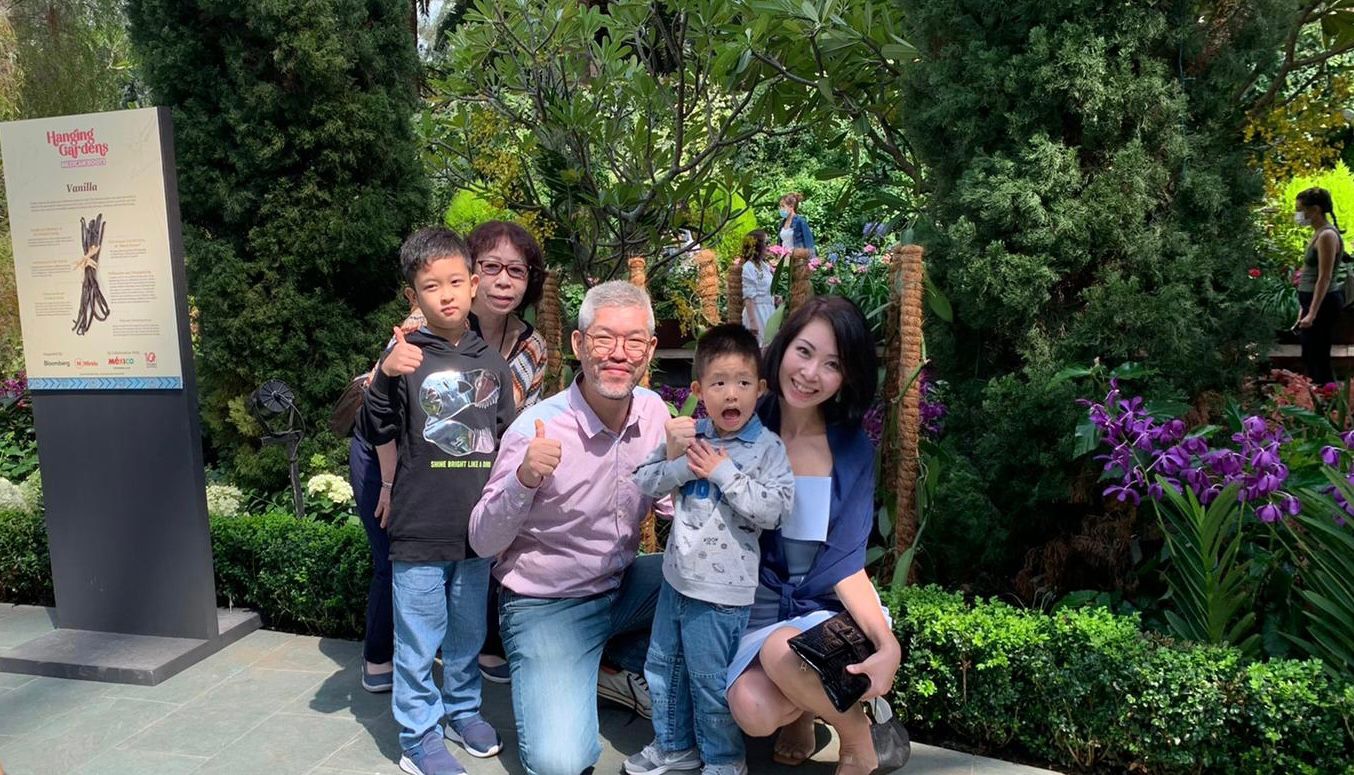 Image by Mireia.
Image by Mireia.
A Singaporean vanilla soon?
Mireia sells its products directly to customers, which are available on Shopee and on their website.
Their products have also caught the eye of major brands like CÉ LA VI and The American Club, as well as renowned chefs worldwide.
Unlike some suppliers that mix beans from various places, Mireia differentiates the beans from different countries, which provides chefs and restaurants the peace of mind.
While vanilla is quite a space-efficient plant, with a 1,000-square metre space capable of hosting 800 to 900 vanilla plants, the biggest challenge Santoso faces in growing vanilla in Singapore is still space and capital.
"The land in Singapore is very expensive, even for renting. For this kind of farming activity, it cannot be short-term. Say, with a lease of 20 years, maybe half of the time you’re already trying to grow (your plants). There's no time for you to profit. It takes a long time."
Now, he is collaborating with Singapore Hotel and Tourism Education Centre (SHATEC) and preschools like Kinderland to plant more vanilla plants and share more about the crop.
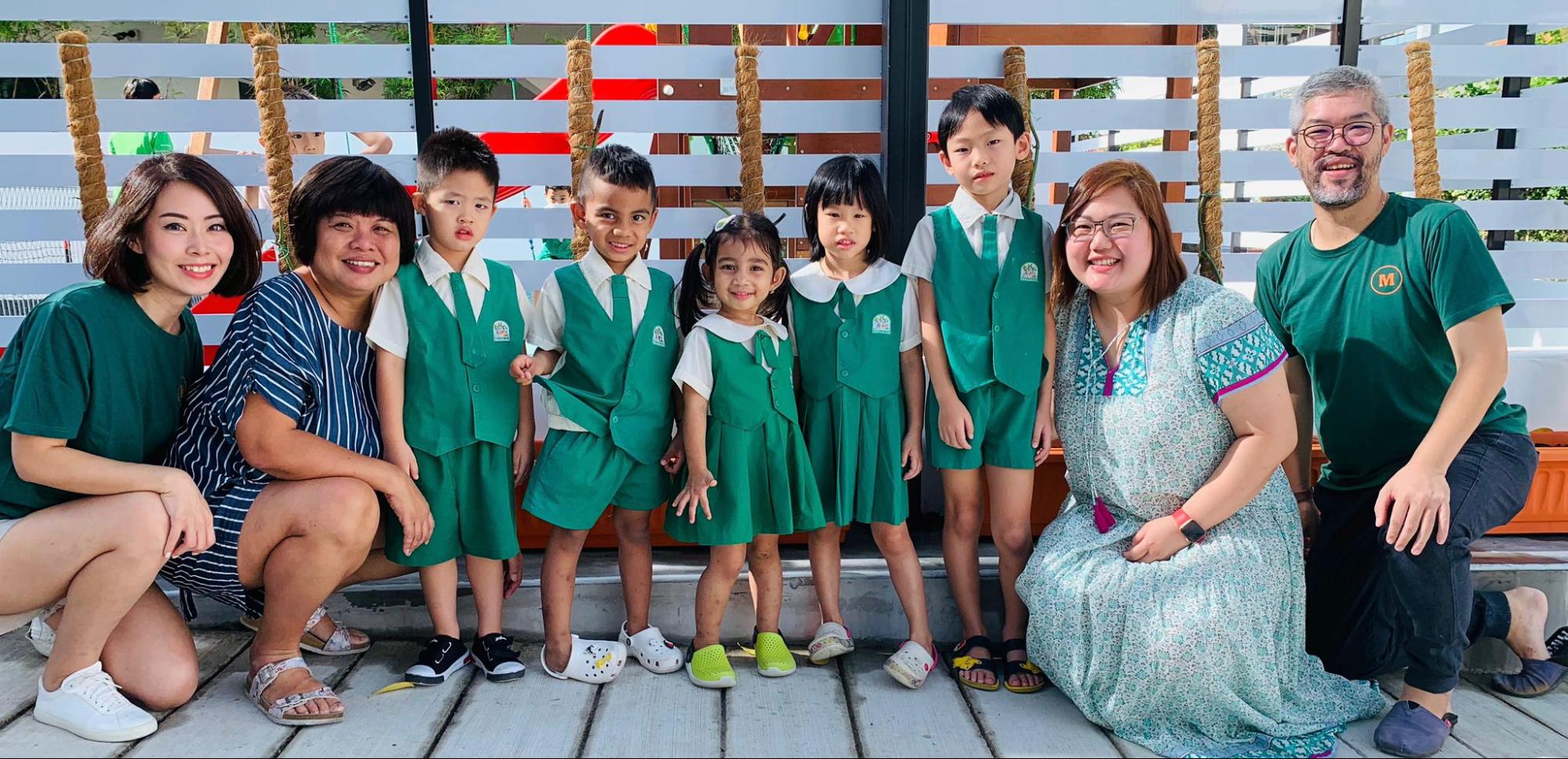 Image by Mireia.
Image by Mireia.
 Image by Mireia.
Image by Mireia.
Though Mireia produces about 10kg of cured beans per week in overseas farms, the “number one option” for him was always to grow vanilla in Singapore, where the national flower is also an orchid.
“I really want to pursue this path to really grow them here, to see the notes of the Singapore vanilla that we have,” said Santoso.
Top images by Kow Zi Shan.
If you like what you read, follow us on Facebook, Instagram, Twitter and Telegram to get the latest updates.
